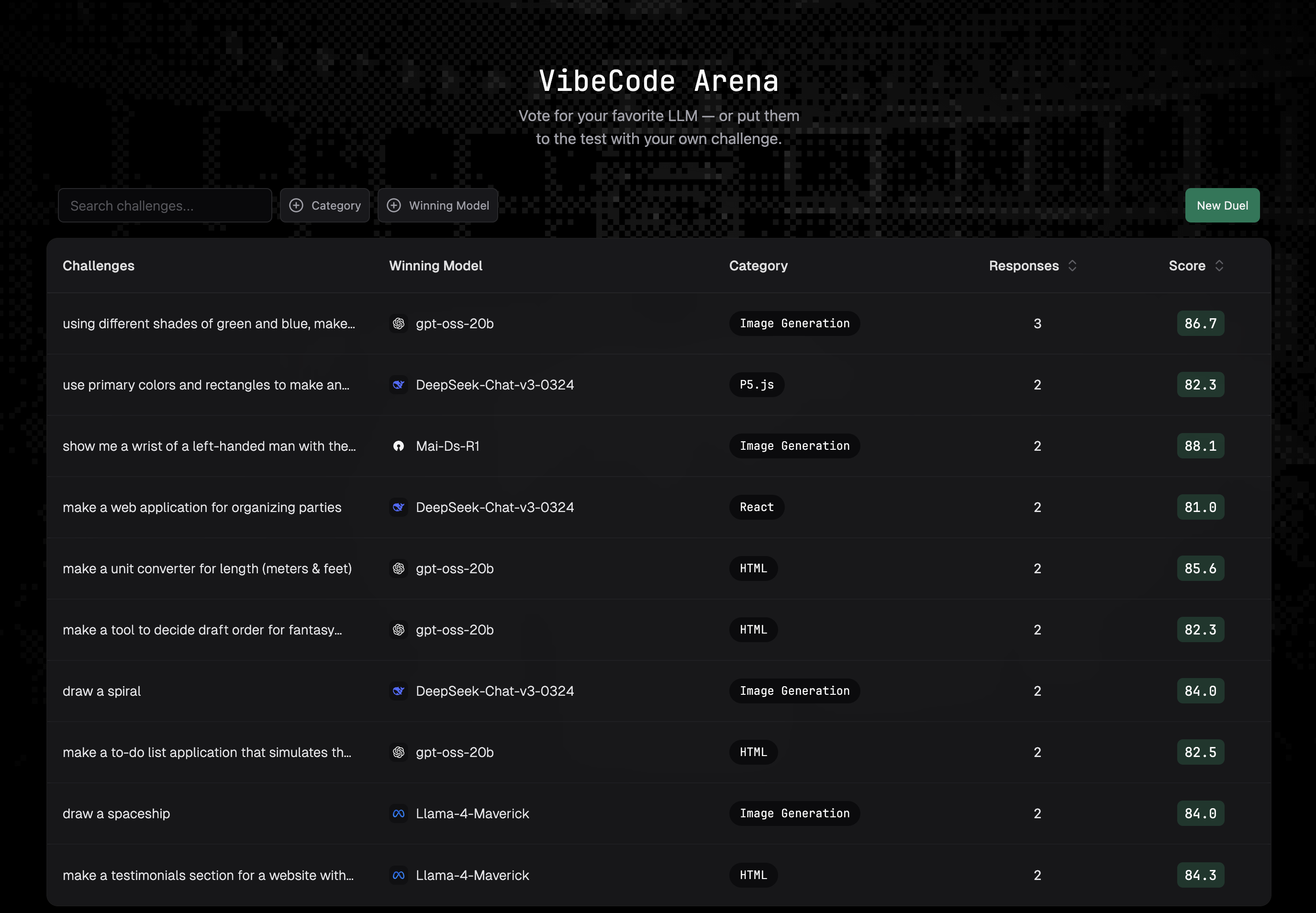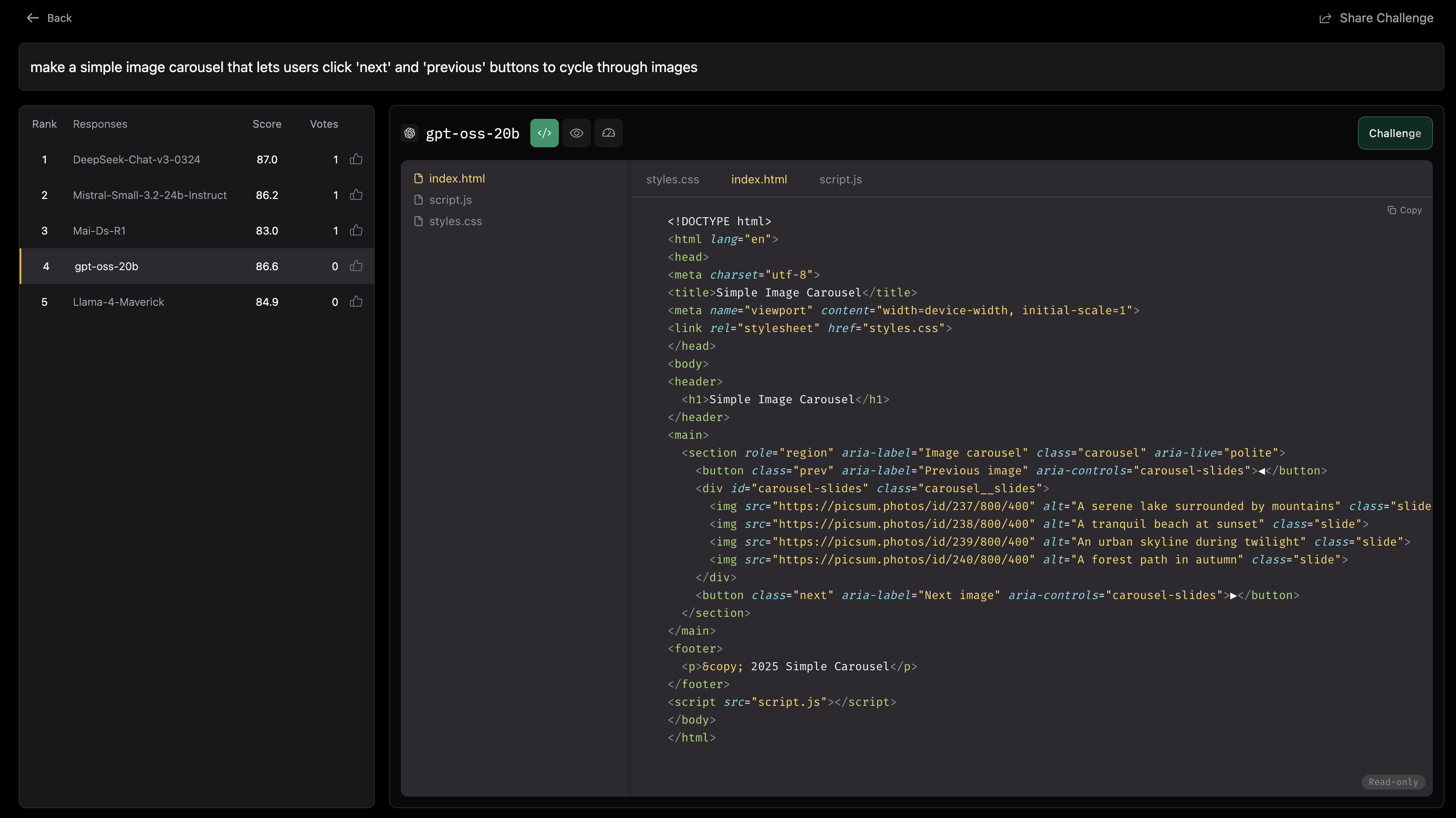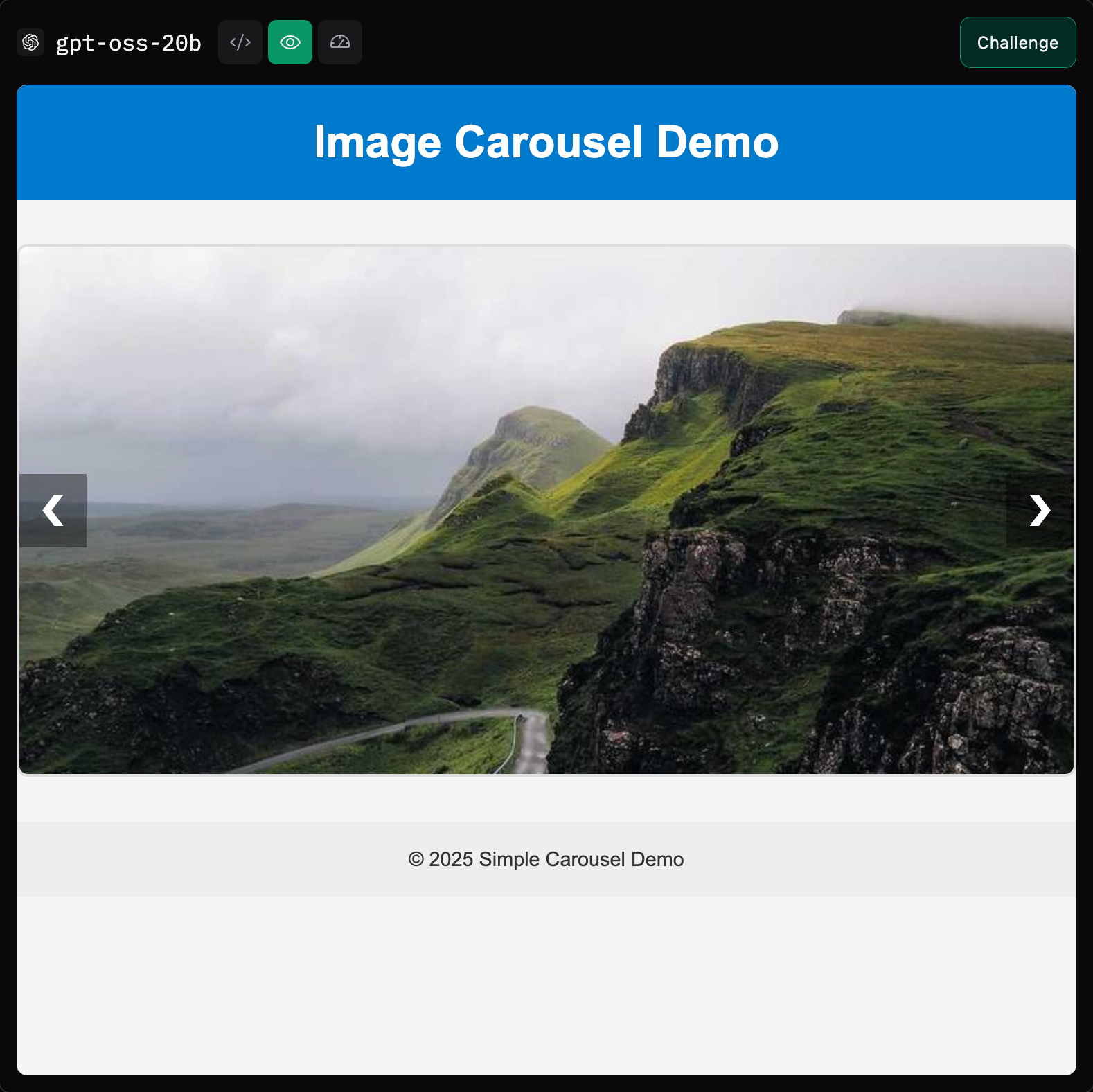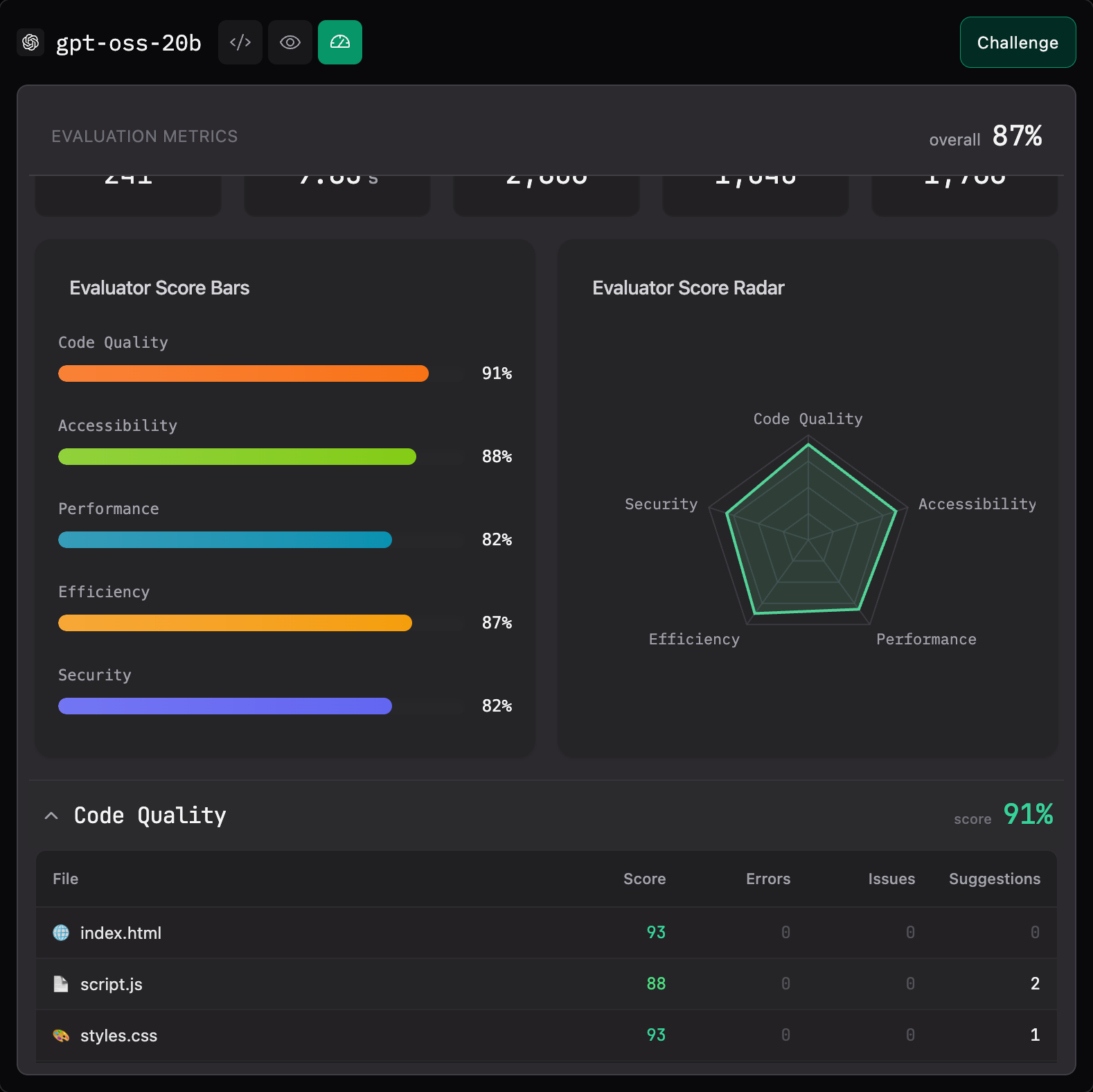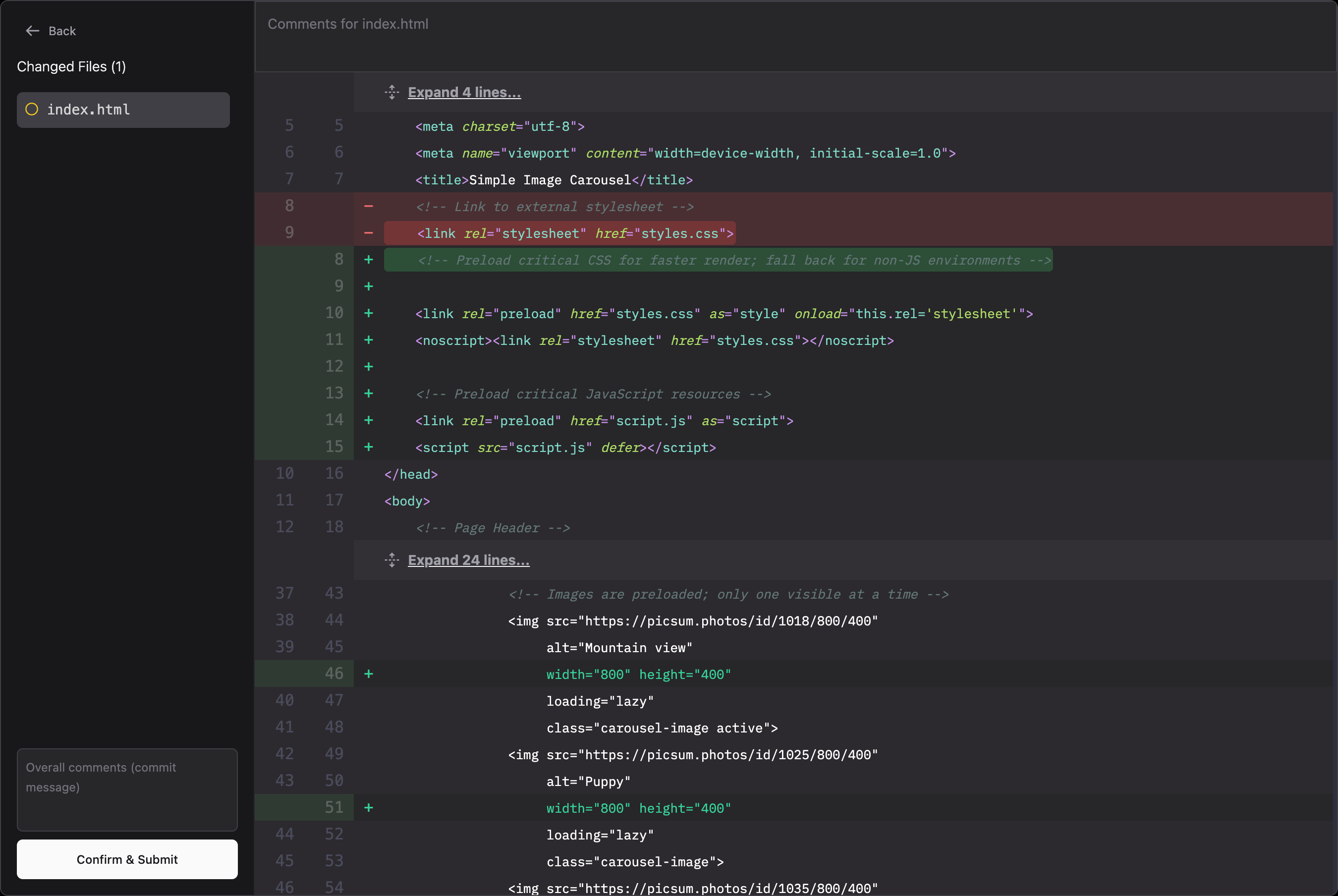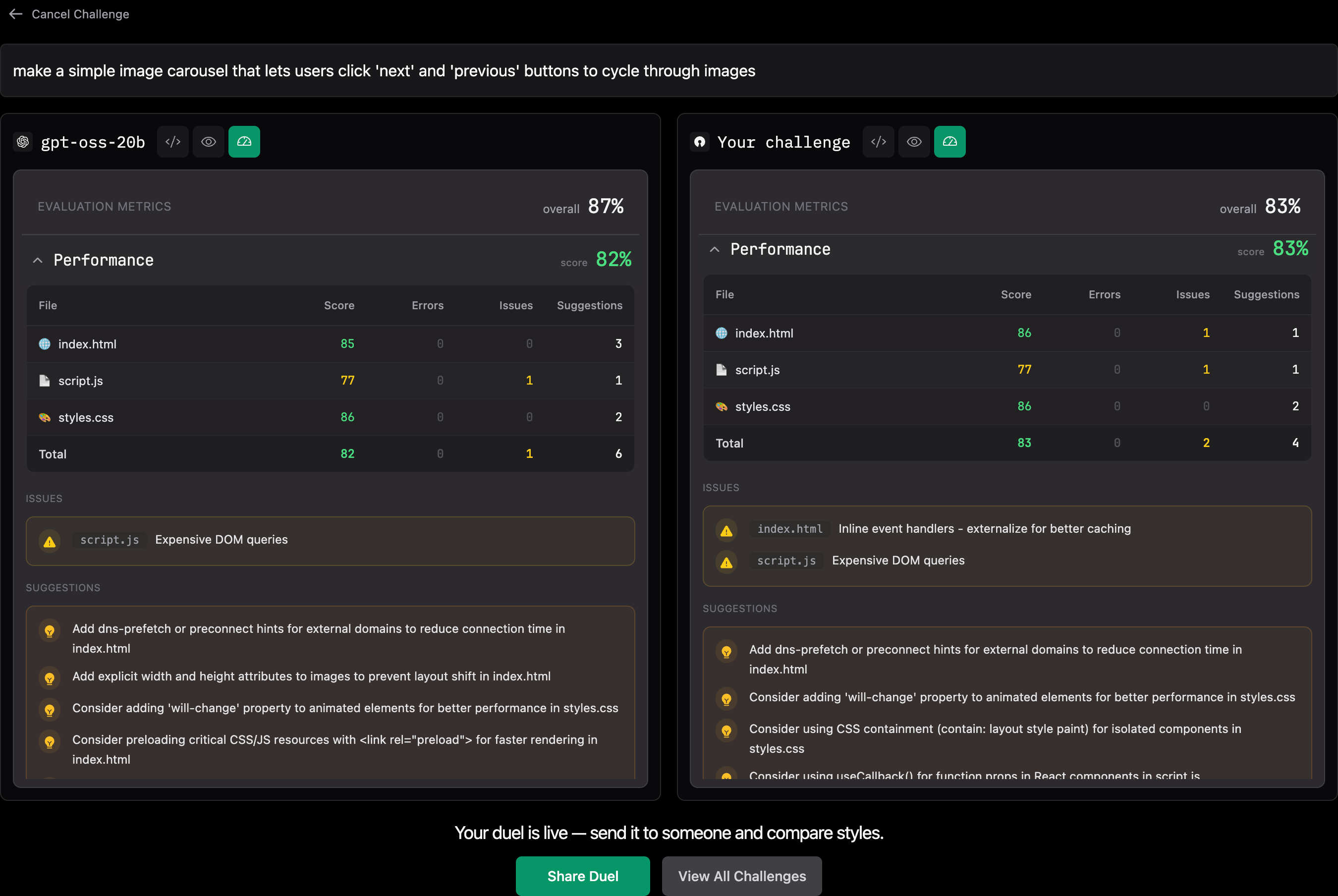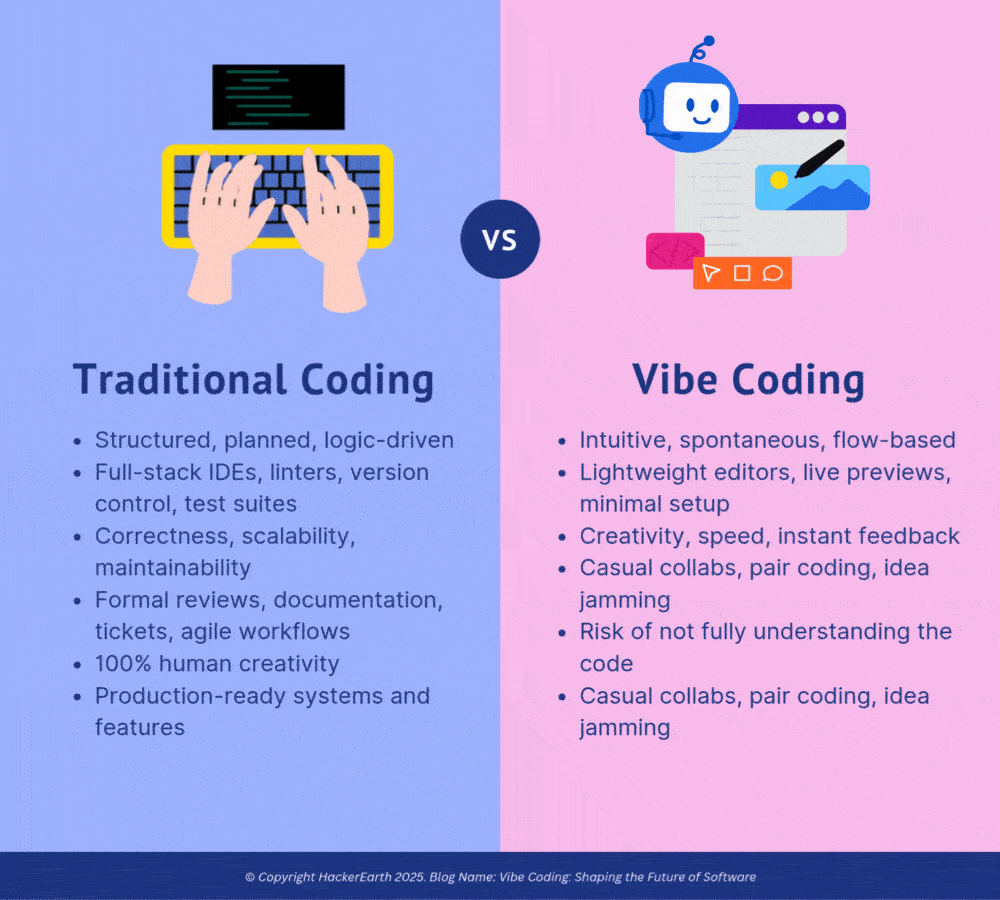Troubleshooting is a critical skill in tech roles, where professionals frequently encounter complex issues requiring quick thinking and effective problem-solving. Whether it’s debugging code, resolving infrastructure issues, or addressing production outages, strong troubleshooting skills directly impact business continuity and success.
Assessing troubleshooting abilities, however, requires a structured approach to evaluate how candidates perform under pressure, analyze problems, and apply solutions. In this guide, we’ll explore actionable strategies for identifying troubleshooting skills during tech hiring and how HackerEarth can simplify this process.
Why are troubleshooting skills essential in tech?
Troubleshooting goes beyond technical knowledge—it’s about adaptability, logical reasoning, and collaboration. According to LinkedIn data, 65% of employers rank problem-solving as one of the most sought-after skills, and in tech hiring, troubleshooting is often a deal-breaker for high-stakes roles.
For instance:
- A backend developer must identify and resolve database errors causing performance issues.
- A DevOps engineer must diagnose and fix infrastructure bottlenecks impacting deployment pipelines.
- A tech support specialist must quickly assess and resolve user-reported software bugs to ensure customer satisfaction.
Strong troubleshooting skills allow teams to minimize downtime, maintain efficiency, and deliver consistent results under challenging circumstances.
Key metrics for assessing troubleshooting skills
When evaluating troubleshooting abilities, focus on metrics that reveal both technical competency and approach. Here’s what to assess:
1. Problem Analysis
Definition: The ability to break down complex problems into smaller, manageable components.
Example: A candidate diagnosing a system outage should methodically isolate potential causes, such as server misconfigurations, network issues, or software bugs, rather than guessing solutions.
How to assess:
- Present a real-world scenario like a broken API or slow-loading web application.
- Observe how candidates analyze logs, identify patterns, and prioritize potential causes.
2. Logical thinking
Definition: Using structured reasoning to find the most efficient path to a solution.
Example: In debugging, a candidate must decide whether to review recent code changes, test dependencies, or analyze error messages. Logical thinking ensures they avoid trial-and-error approaches.
How to assess:
- Use coding challenges with intentionally embedded bugs.
- Evaluate whether candidates take a step-by-step approach to resolve issues systematically.
3. Technical knowledge
Definition: Applying the right tools, frameworks, or languages to fix specific issues.
Example: An engineer troubleshooting a Kubernetes pod failure should know how to check resource limits, examine container logs, and test DNS configurations.
How to assess:
- Conduct hands-on assessments that mimic real job challenges, such as server misconfigurations or deployment errors.
- Use HackerEarth’s role-specific assessments to measure candidates’ proficiency in tools like Kubernetes, Docker, or Python.
4. Stress management
Definition: Staying calm and focused while troubleshooting high-pressure issues.
Example: During a production outage, a site reliability engineer (SRE) must prioritize fixes, communicate effectively with stakeholders, and implement temporary workarounds while investigating root causes.
How to assess:
- Simulate high-pressure scenarios, such as resolving a critical bug in a limited timeframe.
- Observe how candidates balance urgency with accuracy, communicate updates, and avoid panic-driven decisions.
5. Collaboration
Definition: Effectively working with teammates or stakeholders to resolve problems.
Example: A full-stack developer working on a complex bug may need input from database administrators or UX designers to address dependencies and align solutions.
How to assess:
- Incorporate team-based problem-solving tasks into your hiring process.
- Use HackerEarth’s virtual hackathons to evaluate how candidates collaborate in real-time to resolve shared challenges.
Effective methods to assess troubleshooting skills
1. Real-world simulations
Create hands-on tasks that mirror the challenges candidates would face in the role. For example:
- Ask a DevOps candidate to debug a CI/CD pipeline failure.
- Assign a frontend developer a task to fix performance issues on a web page.
HackerEarth’s customizable assessments allow recruiters to design problem-solving scenarios tailored to specific roles, ensuring candidates are tested on relevant troubleshooting tasks.
2. Case studies
Present candidates with a technical issue and ask them to outline their thought process for resolving it. Case studies reveal their analytical approach, logical reasoning, and technical understanding.
Example: “Your team discovers that a recently deployed feature caused a spike in server load. How would you investigate and address the issue?”
3. Pair programming
Pair programming sessions are an excellent way to observe how candidates troubleshoot collaboratively. During these sessions:
- Provide candidates with a buggy codebase and ask them to work through solutions alongside an interviewer.
- Evaluate how well they communicate their thought process and adapt to feedback.
HackerEarth’s FaceCode platform enables real-time coding interviews and collaborative problem-solving, providing interviewers with detailed insights into candidates’ performance.
4. Debugging challenges
Introduce deliberate bugs into code or system configurations and ask candidates to identify and fix them. Debugging challenges test both technical knowledge and structured troubleshooting approaches.
HackerEarth’s coding assessments come equipped with debugging tasks designed for multiple tech stacks, allowing recruiters to assess candidates’ skills efficiently.
5. Behavioral interviews
Ask candidates about past experiences with troubleshooting, such as:
- “Describe a time when you resolved a critical issue under a tight deadline. What was your approach?”
- “How do you prioritize tasks when facing multiple problems at once?”
Behavioral interviews offer insights into candidates’ problem-solving mindset and adaptability.
How HackerEarth supports troubleshooting skill assessment
HackerEarth’s platform is purpose-built to help recruiters evaluate troubleshooting skills with precision:
- Role-specific tests: Design tailored assessments for DevOps, software development, QA, and more.
- Real-time simulations: Use HackerEarth’s hands-on environments to replicate real-world challenges like debugging, system outages, or performance optimization.
- AI-driven insights: Gain detailed analytics on how candidates approach problem-solving, including time taken for each step.
- Live interviews: Conduct collaborative troubleshooting exercises with coding tools, whiteboarding, and replay options.
Conclusion
Troubleshooting is an indispensable skill for tech professionals, and hiring the right talent can mean the difference between quick resolutions and costly downtime. By using structured assessments, real-world simulations, and HackerEarth’s innovative tools, recruiters can identify candidates who excel under pressure, think critically, and resolve complex issues effectively.
With HackerEarth, you can build a robust hiring process that ensures your tech team has the problem-solvers they need to succeed.








